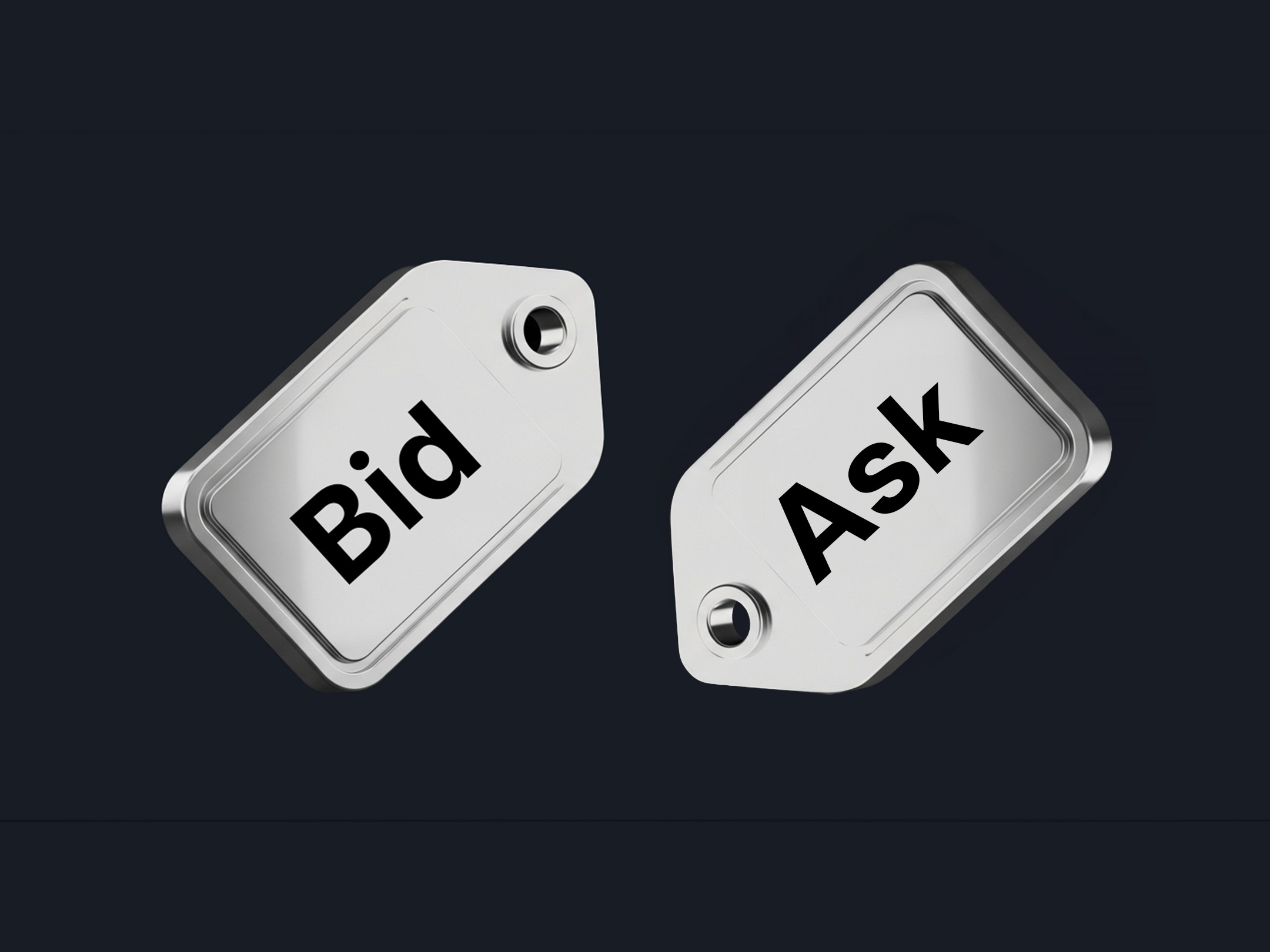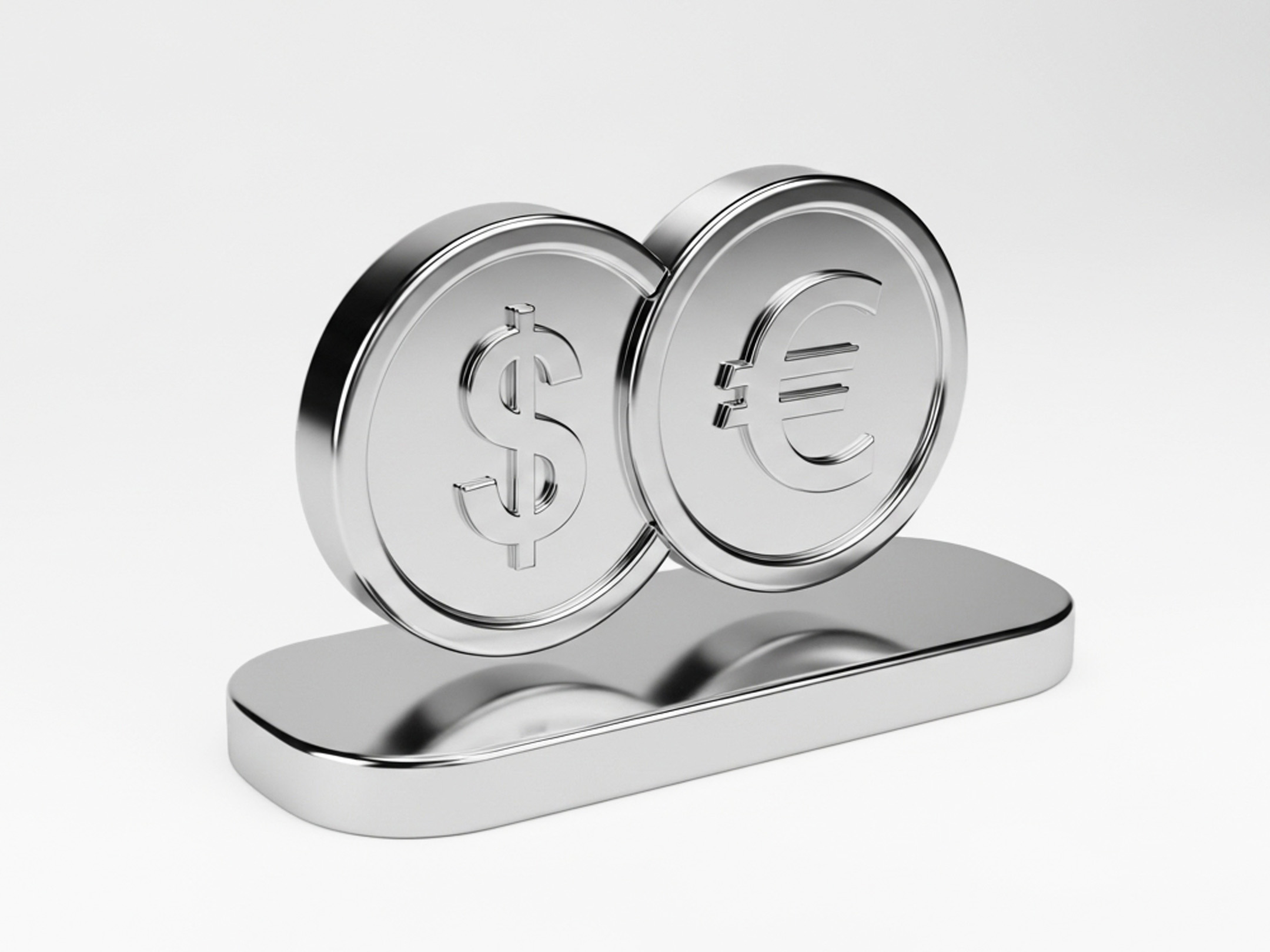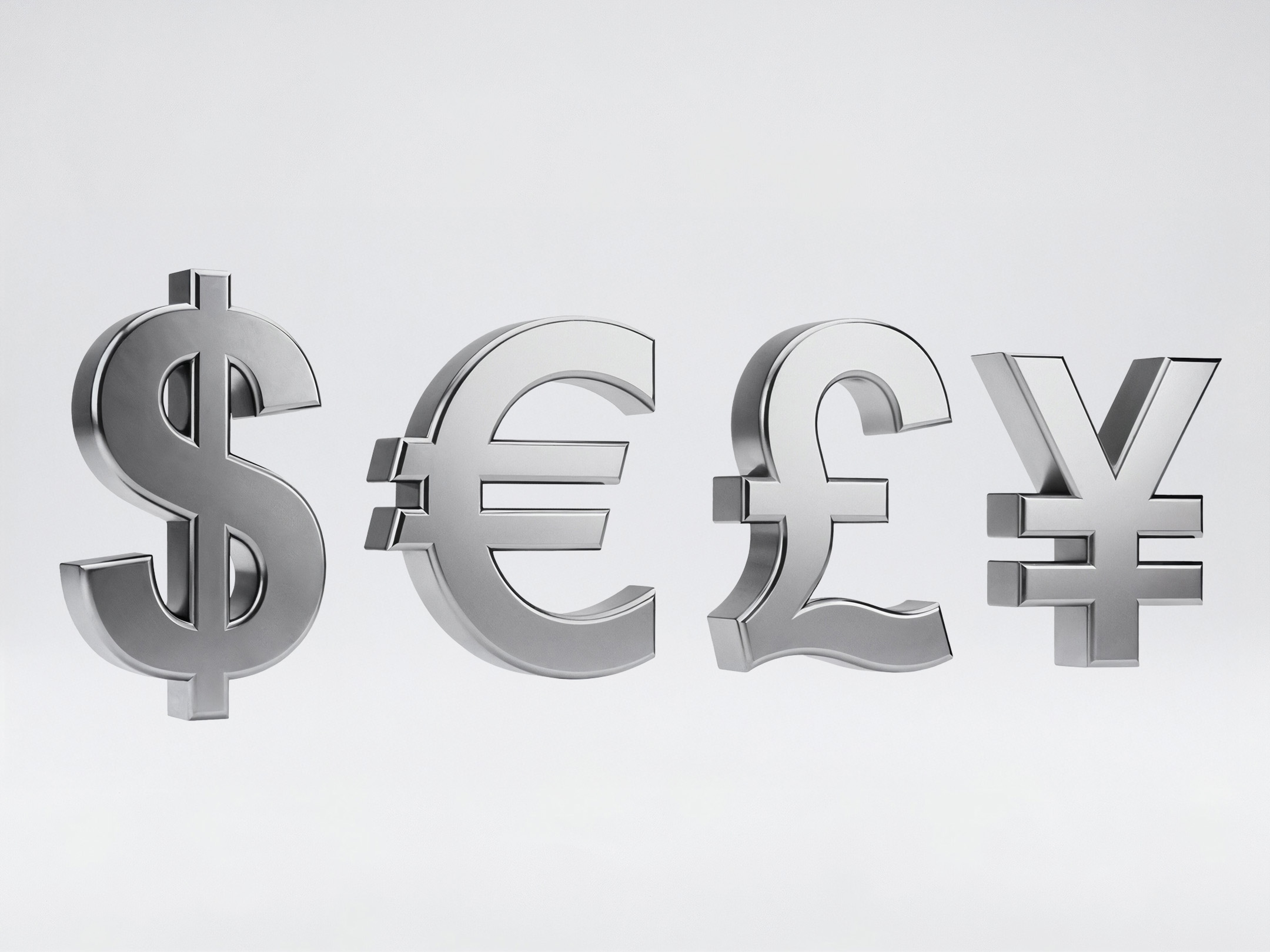
Quick summary
- The spread is the difference between the buy and sell price of a currency pair.
- You’re “paying” the spread the moment you open a trade, so the market must move in your favour beyond that gap to profit.
- There are two types: fixed (predictable) and variable (market-driven).
- The tighter the spread, the better your odds of turning a quick profit.
- Want to reduce spread costs? Trade at peak times, stick with popular pairs, and monitor market conditions.
What does spread mean ?
Let’s start with a simple question: ever bought something and noticed the “buy” price was higher than the “sell” price? Maybe at a currency exchange booth at the airport?
That little difference between what you can buy a currency for and what you can sell it for? That’s called the spread.
In forex, it works exactly the same way. Every time you trade a currency pair, there’s a small gap between the buy (ask) and sell (bid) prices, and that gap is how brokers make their cut. It’s not a sneaky trick. It’s just how the system works.
Bid, ask, and spread explained
Let’s break this down without the jargon.
- The bid is the price someone is willing to buy a currency at (that’s what you get if you’re selling).
- The ask is the price someone is willing to sell for (the price you pay if you’re buying).
- The spread is the difference between the two.
Here’s a quick example:
If EUR/USD shows:
- Bid: 1.1000
- Ask: 1.1002
Then the spread is 2 pips.
Imagine you’re buying apples at a market stall. The vendor offers to sell you an apple for £1.10 (ask price), but he’d only buy it back from you for £1.08 (bid price). That 2p difference? That’s your spread.
The significance of spreads in trading
Spreads might look tiny - often just a pip or two - but they can have a big impact on your bottom line.
Here’s why: the moment you open a trade, you’re already in the red by the amount of the spread. The price needs to move past the spread in your favour before you break even, let alone profit.
So, understanding spreads isn’t just for finance nerds - it’s part of being a smarter trader.
Types of spreads: fixed vs. variable
There are two main types of spreads you’ll come across on the Deriv platform.
Fixed spreads
These stay the same regardless of what’s going on in the market. Great if you like predictability. You always know what you’ll pay.
Variable (floating) spreads
These change depending on market conditions. During busy times, spreads may shrink. But during quiet or volatile periods? They might widen.
Analogy time: Fixed spreads are like getting a set taxi fare no matter what the traffic’s like. Variable spreads are like using a meter - cheaper when roads are clear, pricier in a jam.
How to calculate the spread?
Let’s say you’re trading a standard lot (100,000 units) of EUR/USD. The spread is 2 pips. Each pip is worth $10 per standard lot.
So, your spread cost is:
2 pips × $10 = $20
That’s $20 you pay the moment you open the trade - it’s like a cover charge to get in. If you’re trading a mini lot (10,000 units), each pip is worth $1, so your cost would be just $2.
This cost is baked into your trade, so you won’t see a separate fee - but it’s there, nibbling away at your profit if you’re not paying attention.
How does the spread affect your profits?
Let’s say you enter a trade and the pair moves exactly 10 pips in your favour.
If the spread was 3 pips, your net gain is only 7 pips.
If the spread was just 1 pip, your net gain is 9 pips.
Same market movement, different result. It’s a bit like running a race with a head start… or a slight delay. Either way, it changes where you end up.
The smaller the spread, the less ground you need to cover to break even - and the sooner you can start stacking profits.
How to minimise the cost of spread
While you can’t avoid spreads entirely, you can be smart about them.
Here’s how:
- Trade major pairs – EUR/USD, GBP/USD, and USD/JPY often have the tightest spreads.
- Avoid off-hours – Spreads usually widen when the market is quiet (like during rollover hours or bank holidays).
- Keep an eye on volatility – News events can send spreads soaring. Be cautious around major announcements.
- Use the right account type – Deriv offers different account types. Some accounts offer tighter spreads in exchange for a small commission.
Being strategic with your timing and pair selection can save you money over the long run.
Ready to put it into practice?
Open your Deriv demo account and check out the spread on your favourite currency pair. Try placing a trade and watch how the price needs to move before you see profit. The more you observe, the more naturally it’ll click.
Quiz
What is the spread in forex trading?




.jpg)











